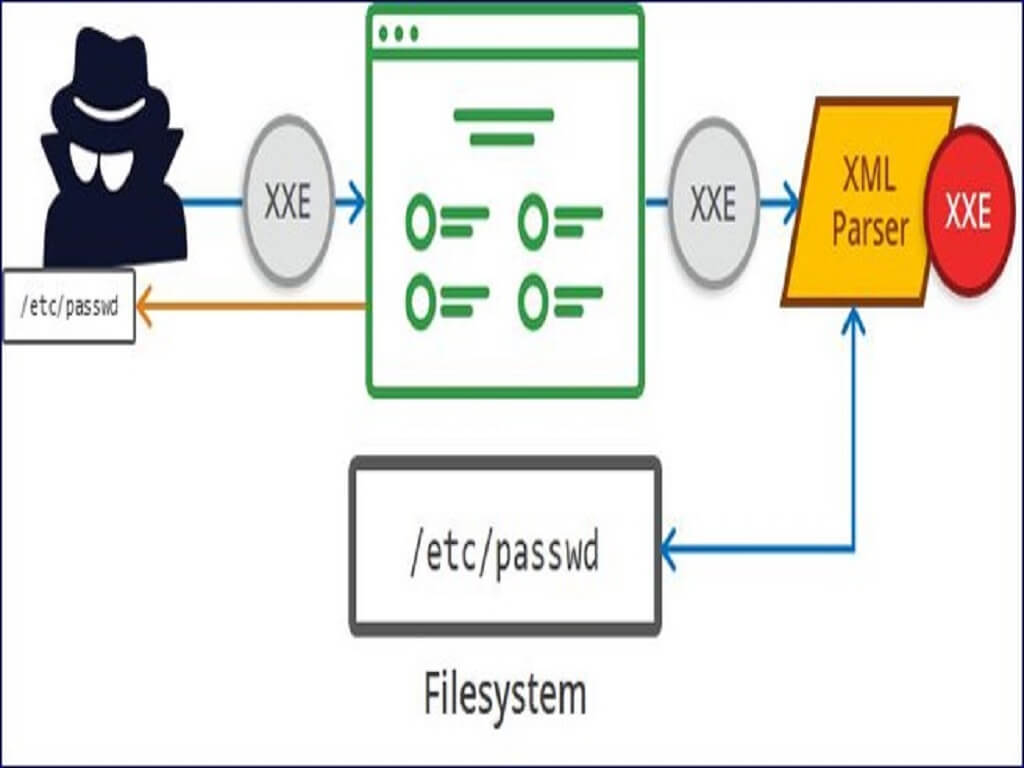Emerging technologies put cybersecurity at risk. Even the new advancements in defensive strategies of security professionals fail at some point. Besides, as offensive-defensive strategies and innovations are running in a never-ending cycle, the complexity and volume of cyberattacks have increased.
Combining the strength of artificial intelligence (AI) with cybersecurity, security professionals have additional resources to defend vulnerable networks and data from cyber attackers. After applying this technology, it brought instant insights, resulting in reduced response times. Data security is now more vital than ever. Updating existing cybersecurity solutions and enforcing every possible applicable security layer doesn’t ensure that your data is breach-proof. But, having a strong support of advanced technologies will ease the task of security professionals.
Challenges of AI in Cybersecurity
- The idea of using AI for cybersecurity is promising, but there are undoubtedly limitations of AI that are obstructing the mainstream adoption of the technology. Some limitations include:
- Building and maintaining an AI-base system requires a tremendous amount of resources, such as memory, computing power and data.
- Since AI systems are trained with data, cybersecurity firms need to feed new datasets of malicious codes and non-malicious codes regularly to help AI learn.
- Data used for training needs to be accurate because inaccurate data would lead to inefficient outcomes but finding and collecting precise datasets can be a tedious and time-consuming task.
- Hackers can use AI to test their own malware, so they could potentially develop advanced malware or maybe even AI-proof malware strains.
Cybersecurity Future with AI
The majority of legacy cybersecurity tools require human interaction or configuration at some level. For example, a person from the IT team has to set the firewall policies and backup schedules and then ensure that they are running successfully. The advancement of AI changes the whole equation. In the future, companies will be able to rely on smart tools to handle the bulk of event monitoring and incident response.
The next generation of firewalls will have machine learning technology built into them, allowing the software to recognize patterns in web requests and automatically block those that could be a threat. Experts also expect the natural language capabilities of AI to play a big role in the future of cybersecurity tools. The theory is that by scanning large portions of data across the internet, AI systems can learn how cyberattacks originate and suggest solutions for decision makers within the organization.
Passwords. Can’t live without them but they make you crazy. The majority of internet users create their own bespoke passwords for each website or service that they subscribe to online. This system can be frustrating to maintain as well as vulnerable to attack if you rely on simple passwords or use the same one for multiple sites. There have been improvements in password manager software performance in recent years, most of which aim to simplify and strengthen online security by removing a large portion of the manual effort from the task through algorithms that suggest and store passwords complex enough to reduce your chances of being hacked.
But soon, AI could carry us into the twilight zone of an online environment without passwords. New advances in the world of identity and access management (IAM) suggest that one day passwords might actually be replaced by a smarter AI-based system.
AI & ML in Cybersecurity
Because typical cybersecurity data sets are extremely large, networks for data delivery and the processing of ML models must be capable of efficiently handling staggering amounts of diverse data. The scarcity of such networks today is a major hindrance to progress in the field. Achieving such networks for real-time analytics requires even more careful software design and algorithms.
Natural language processing (NLP) makes it possible to derive actionable insights from previously inaccessible data. Analysing unstructured text with NLP enables the extraction of key actors from past cyber incidents, news stories, analysis reports, and many other similar text sources. Cybersecurity is highly dynamic because the underlying technologies are evolving rapidly, and the offense and defense are locked in a threat–response–threat coevolution. This dynamic and constantly evolving landscape requires constant vigilance and updates to threat classification, identification, and response.
The world has finite resources to dedicate to improving cybersecurity, a fact that will inevitably lead to issues of resource allocation. Through hardware and Software improvements, over the time, the organisations will be better able to integrate AI/ML systems in their Cybersecurity framework, which was next to impossible even few years ago. AI/ML will help create integrated meaning from hundreds and thousands of disparate data streams; support automated, real-time prevention platforms; and augment humans’ decision- making ability.
Repairing or mitigating vulnerabilities will remain a challenge. Most users either do not know or do not have a way to report discovered vulnerabilities. Current use cases, such as fraud detection in the banking industry and diagnosis in the health-care industry, serve as enablers for the future operationalization of AI/ML in the cybersecurity domain.
Although not all use cases and current AI/ML algorithms are designed to be employed in real-time environments, they serve as foundations for real-time detect–defend or defend–attack situations in cybersecurity. For certain domains, the ability to consciously disable AI/ML actions or disregard recommendations is an enabler of AI/ML operationalization for cybersecurity. In such cases, it is important to have the ability to disable or alter specific system aspects without necessarily turning everything off while, at the same time, comprehending any repercussions





